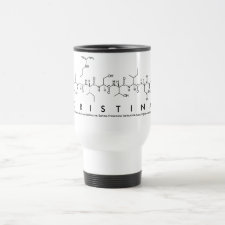
Authors: Baggiani C, Anfossi L, Giovannoli C
Publication date: 2010
Chapter title: Artificial Systems for Molecular Recognition of Mycotoxins.
Chapter number: 1
Page numbers: 3-20.
DOI: 10.1007/978-3-642-00725-5_1
Book title: Mycotoxins in Food, Feed and Bioweapons
Editors: Rai M, Varma A
Publisher: Springer
City: Berlin, Heidelberg
ISBN: 978-3-642-00725-5
Abstract: Nowadays, public awareness about synthetic chemicals in food is high, and consumers continue to express concern about the health risks linked to the deliberate addition of chemicals to food. On the contrary, the perception of the health risks posed by food contamination due to mycotoxins is less marked. However, although effects are often difficult to link with a particular food, it is now largely accepted in academic circles and public health bodies that food and feed contamination from mycotoxins is a severe public health problem that can deeply affect health not only after a single massive exposure but, more often, after continuous exposure to low doses, and that such exposure can be related to several chronic diseases, including some types of cancer and serious hormonal dysfunctions (Lewis and Fenwick 1991; De Vries et al. 2002). Thus, good analytical protocols based on efficient analytical processes - sensitive, selective, fast, inexpensive and suitable for sample mass screenings - are required by legislation, health authorities and companies operating in the food market. At present, commercially available rapid assays based on the use of immunoanalytical techniques are widely diffused, as these analytical techniques assure the feasibility of fast sample mass screenings in a more affordable fashion compared to the older thin layer chromatographic methods (van Egmond 2004). However, a sample which is positive to toxicant contamination should be validated by using more sophisticated analytical methods. These methods are usually based on instrumental separative techniques coupled with mass spectrometry detectors of varying complexity. They have the sensitivity required for contamination detection and quantification, but direct application of these techniques on food and feed samples can be rarely performed. In fact, contaminants are usually present in food at low concentration (ng - μg/kg) levels, dispersed in highly complex (thousand of different components) and morphologically structured matrices, with an elevated degree of point-to-point and sample-to-sample variability. Thus, such a type of matrix introduces severe disturbances in the analytical separation step. Moreover, very ''dirty'' samples show the noxious property to influence strongly the background ion current in a mass spectrometry detector, reducing its sensitivity (Hajslova and Zrostlikova 2003; Niessen 2003). In consequence, quantitative analysis can be performed only after extensive clean-up and preconcentration steps (Buldini et al. 2002; Careri et al. 2002; Pichon et al. 2002; Hennion and Pichon 2003). Thus, economical, rapid and selective clean-up methods based on ''intelligent'' materials are needed
Template and target information: Review - molecular recognition of mycotoxins



Join the Society for Molecular Imprinting

New items RSS feed
Sign-up for e-mail updates:
Choose between receiving an occasional newsletter or more frequent e-mail alerts.
Click here to go to the sign-up page.
Is your name elemental or peptidic? Enter your name and find out by clicking either of the buttons below!
Other products you may like:
 MIPdatabase
MIPdatabase









